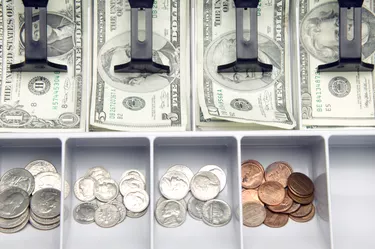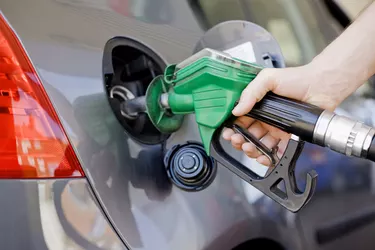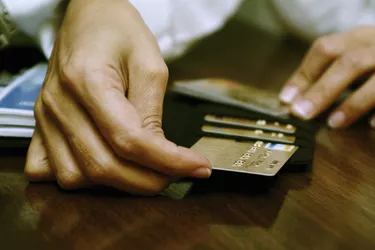
When payment by credit card is not feasible, personal checks are not accepted and paying with cash does not offer a safe level of proof of payment, there are two other options to present guaranteed funds: cashier's check and money orders. Unlike a personal check, both a cashier's check and a money order have to be purchased with cash, therefore, the funds are considered available.
Cashier Checks
Video of the Day

Cashier checks are checks purchased from a bank using cash of a transfer from an account. The check is written as a bank draft using the funds presented for the check. Because cash is used to purchase the check, the check is considered as secure as using cash. Also, because the cashier's check is made out to a specific person or business, it serves as a receipt for payment.
Video of the Day
Money Orders

Money orders are similar to cashier checks. They must be purchased with cash, though some places such as the U.S. Post Office will allow you to purchase money orders with a debit card. The money order is completed by the purchaser and used as a guaranteed source of funds.
Differences Between Cashier Checks and Money Orders

Cashier checks are purchased at a bank, whereas money orders can be purchased at the post office, a convenient store, gas station or grocery store. Cashier checks are made out to a specific person or business by the bank employee, while money orders are filled out by the purchaser. Because of these two differences, cashier checks are considered a better form of proof of payment than a money order; however, both are considered as secure as paying with cash.
Uses

Cashier checks and money orders can be used to pay for anything that generally can be purchased with cash. Cashier checks are not used as often as they used to be, but people still use them for larger transactions such as house and car down payments. Money orders are used to pay monthly bills such as rent, utilities and credit card bills.
Expense
Cashier checks can be expensive to purchase. Depending on the bank, a flat fee could be assessed per each check or a percentage of the check amount could be the fee. Money order fees vary depending on the type of money order (Western Union or USPS, for example) and the location where purchased, but generally cost between $0.99 and $2.00.